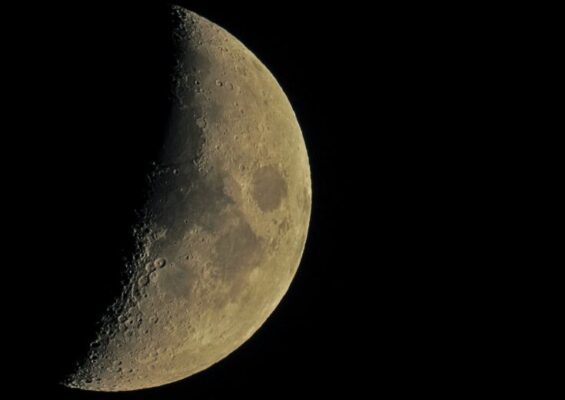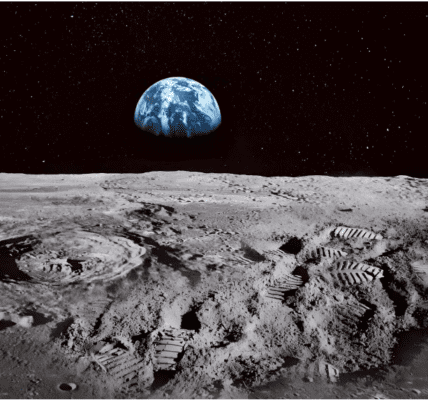NASA’s Lunar Exploration Milestone

NASA is set to embark on a groundbreaking lunar exploration mission as it prepares to launch five payloads aboard Astrobotic’s Peregrine lander. Scheduled for January 8, 2024, this mission marks the initiation of NASA’s CLPS (Commercial Lunar Payload Services) initiative, underscoring the agency’s commitment to leveraging commercial partnerships for scientific exploration.
Mission Overview: Astrobotic Peregrine Mission One
The Peregrine lander, the flagship of this mission, is poised for liftoff from Cape Canaveral, Florida, propelled by a United Launch Alliance Vulcan rocket. The primary goal is to land on Sinus Viscositatis, an intriguing lunar feature on the Moon’s near side, known for its potential water-related evidence.
Scientific Objectives: Unraveling Lunar Mysteries
NASA’s payloads aboard the Peregrine One lander aim to unlock key insights into the Moon’s environment. These objectives include locating water molecules, measuring radiation and gases, and evaluating the lunar exosphere. These measurements are crucial for understanding solar radiation interactions with the lunar surface, contributing to the broader scientific knowledge of our solar system.
Payloads Unveiled: Instruments for Lunar Exploration
- LETS (Linear Energy Transfer Spectrometer): Derived from hardware flown on Orion Exploration Flight Test-1, LETS is a radiation monitor designed to collect data on the lunar radiation environment. The findings will not only enhance our understanding of lunar conditions but also validate the capabilities of radiation monitors on the lunar surface.
- NIRVSS (Near-Infrared Volatile Spectrometer System): This payload aims to reveal the composition, surface temperature, and fine-scale structure of the lunar soil at the landing site. Equipped with an imager, spectrometer, and thermal sensor, NIRVSS will identify minerals and volatiles present on the Moon.
- NSS (Neutron Spectrometer System): Indirectly detecting potential water in the lunar soil, NSS will measure changes in soil characteristics over a lunar day. The instrument will contribute valuable data to assess the presence of water in the exhaust deposited by the lander’s engines.
- PITMS (Peregrine Ion-Trap Mass Spectrometer): A collaborative effort between NASA, The Open University, and ESA, PITMS will investigate the lunar atmosphere’s composition, focusing on the release and movement of volatiles such as water and gases. This information is pivotal for understanding the Moon’s volatile dynamics.
- LRA (Laser Retroreflector Array): Serving as a permanent location marker on the Moon, LRA is a collection of retroreflectors enabling precise distance measurements between orbiting or landing spacecraft and the lander. This passive optical instrument is designed for longevity, providing valuable data for decades to come.
Vision Realized: CLPS and the Lunar Economy
NASA’s Associate Administrator, Nicola Fox, expressed excitement about seeing the CLPS vision become reality. The CLPS initiative, established in 2018, has engaged 14 vendors, including Astrobotic, in a collaborative effort to establish a commercial marketplace for lunar science, exploration, and technology development.
Future Implications: Artemis Program and Beyond
The data collected through CLPS missions will play a pivotal role in supporting future crewed missions under NASA’s Artemis program. Gaining new insights into the lunar environment is not only crucial for scientific discovery but also holds the key to expanding the lunar economy.
Also Read:“Prepare for Lift-Off: Falcon Heavy Awaits to Propel USSF-52 into the Cosmos!”
As NASA prepares to launch Astrobotic’s Peregrine Mission One, the scientific community eagerly anticipates the wealth of data and insights that will unfold. This mission represents a significant step towards unraveling the mysteries of the Moon and paves the way for future human exploration, underscoring the importance of collaboration between space agencies and commercial entities in advancing our understanding of the cosmos.




